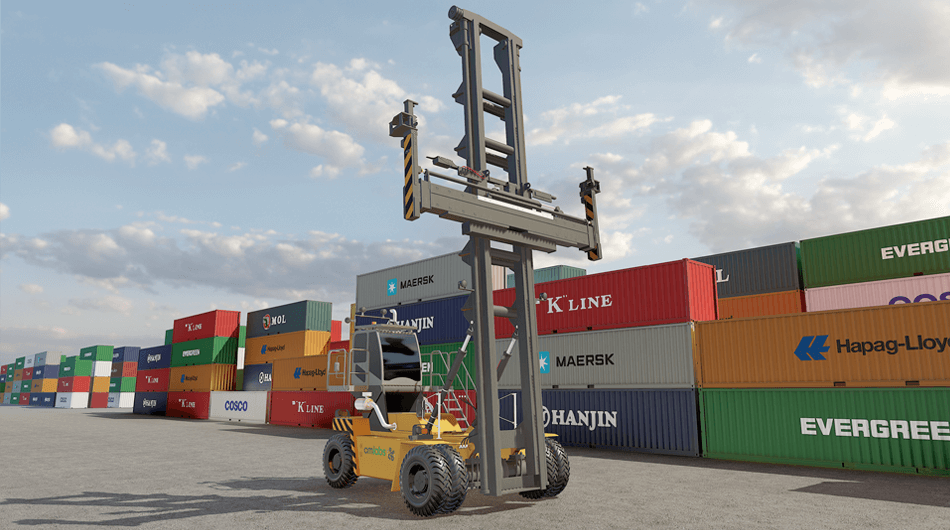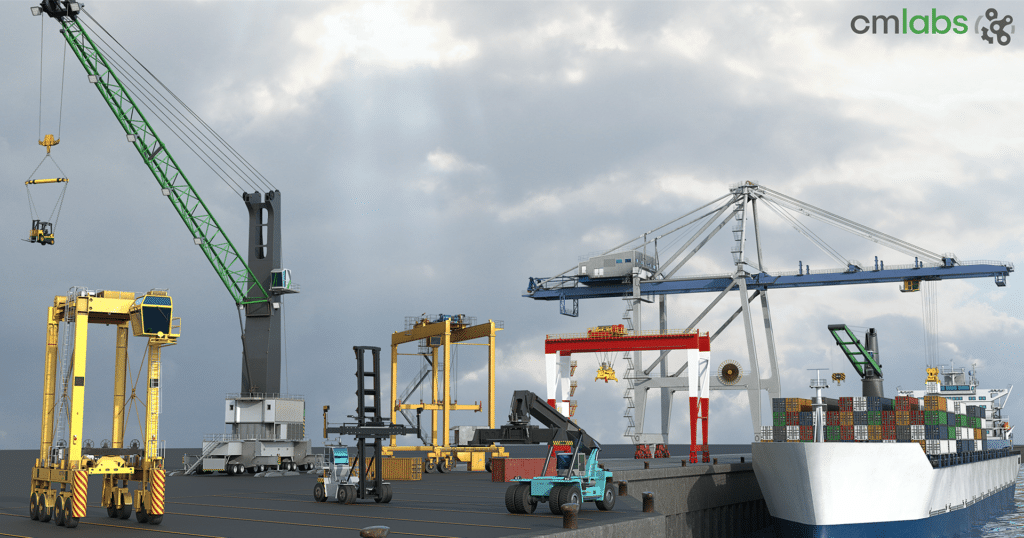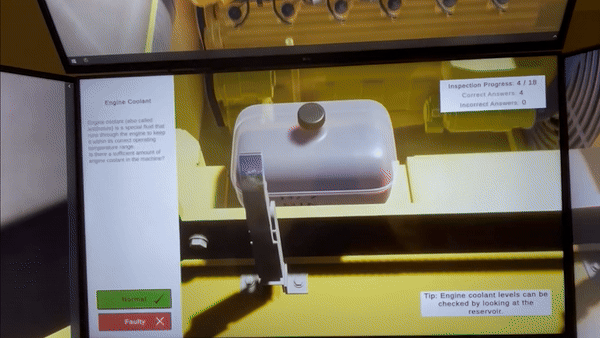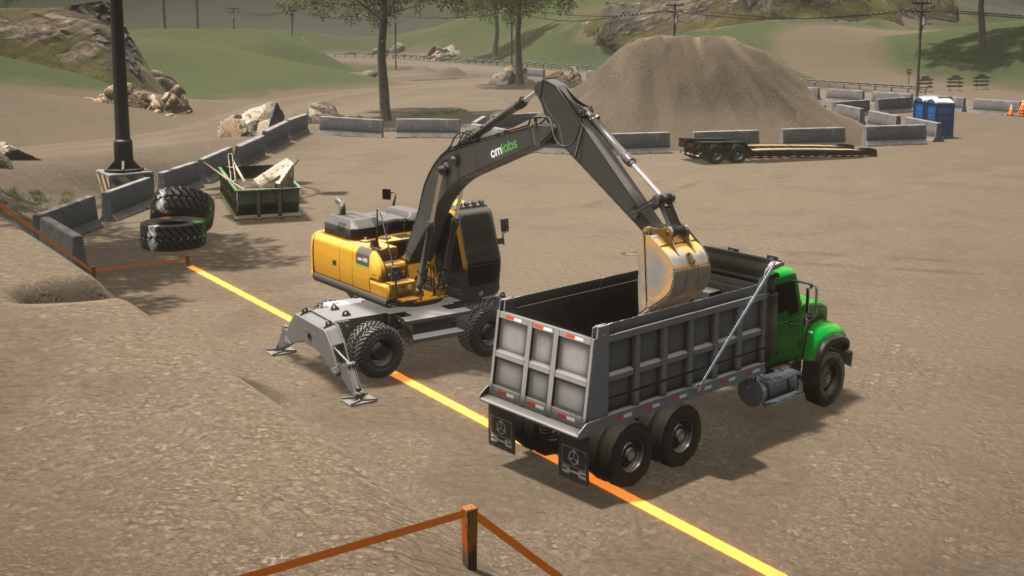Conewago Enterprises sees immediate productivity gains with Vortex simulator
Success Story Summary
The Organization
The Situation
The Solution
Conewago Enterprises, Inc. is one of the mid-Atlantic’s leading design-build general contractors. Founded in 1956, the family-run construction company has grown to over 300 professionals today, with projects including a 150,000 square foot state-of-the-art manufacturing facility for Schindler Elevator, the $21 million Gateway Hanover retail center, and the $45 million Wyndham/ Courtyard Hotel and Conference Center in Gettysburg.
“The reason our clients select Conewago Enterprises is really simple,” says Adam Hicks, Conewago’s Vice President of Administration. “We do what we say we’re going to do. We can tell an owner what their building’s going to cost and how long it’s going to take, and then we deliver on that.”
When you have this kind of reputation on the line, it’s critical to ensure that your workforce meets the highest standards of qualification and productivity.
In 2017, Conewago determined that simulation-based training would allow them to realise a number of benefits that aligned with their core values, including increased operator efficiency, more effective training for novices, and a safe way to conduct training without having to pull equipment out of the field.
After having come across CM Labs’ Vortex simulators at CONEXPO, Conewago executives and operators visited a Vortex simulator installation at Missouri Valley Line Constructors in Wisconsin, and were thoroughly impressed.
“I took three very experienced operators, and I kept telling them — guys, I want a productive tool, not a toy,” says Hicks. “All three loved it. They said the simulator felt like the real machine, whether it was a crane, excavator, or wheel loader. By the time we left we were ready to purchase the simulator.”
Once installed, the Vortex simulator rapidly demonstrated its value for Conewago, with immediate productivity gains for some of the newer operators in the field who were able to use it to hone their skills.
Additional benefits soon became apparent as the company increased its reliance on the Vortex simulator.
“We can bring applicants to the simulator and actually test them compared to our known and reliable operators.”

Simulator benchmarking leads to bottom-line improvement
When skilled labour is in short supply, it’s vital to take advantage of the potential each job applicant has to offer.
“There is real value to using the Vortex simulator for the hiring process,” says Greg Smith, Project Manager for Conewago.
“We can bring applicants to the simulator and actually test them compared to our known and reliable operators. This allows us to gauge where they’re at in their experience. It might result in an understanding that they’re not quite as experienced as they’d indicated — but also that they might just need some time on the simulator to hone their skills and to be ready for the job site the way we need them to be.”
“Using the Vortex simulator, we were able to cut crane training costs by around $30,000 per operator.”
Conewago also regularly uses the simulator now for operator benchmarking. This allows them to identify particular skills that some operators may need to enhance.
“Using the Vortex simulator, we were able to cut crane training costs by around $30,000 per operator.”
One operator, who was already bench loading for the company, went through ten exercise sessions on the simulator. By the tenth time, he had reduced his cycle time from four and a half minutes to three minutes — saving about a minute and a half on excavator cycle time.
Smith explains the impact: “When you look at ways to track productivity gains on excavator cycle time, you can get some conceptual numbers based on a perfect world scenario. You should see approximately $13,000 worth of savings on a 30,000 cubic yard project — all the way up to $40,000 for a 100,000 cubic yard project. And that’s by shaving just 30 seconds off of cycle time. We were in a position to triple those numbers thanks to the Vortex simulator.”
Immediate cost reduction for operator training
Incorporating the simulator into Conewago’s operator training program resulted in savings almost immediately, says Smith.
In particular, the move away from on-the-job training provides relief for the equipment from the beginning. “When you put somebody on a piece of equipment for the very first time, their inclination is going to be to operate the equipment very slowly, and probably in the idle range,” says Smith. “But a lot of equipment needs to be run in a high range to use the full hydraulic capacity of the equipment, as opposed to shortening the life span of any parts or pieces of that equipment. With the simulator, you are removing this stress on the equipment.”
The cost reductions have been particularly notable for crane operator training, says Hicks. “We got someone to start the training on the Vortex simulator in July, and less than three months later, they were a fully certified crane operator. In the past it has taken six to eight months to have someone certified to be a crane operator and cost around $40,000. Using the Vortex simulator, we were able to cut crane training costs by around $30,000 per operator.
In addition to the direct cost savings due to reduced supervision and crane usage, other savings are attributable to reduced opportunity costs. With the Vortex simulator, Conewago no longer needs to train new operators on a worksite crane under the supervision of an experienced operator. This means that training no longer involves a loss in productivity, with less skilled operators pushing out the duration of the project.
“Now, we can isolate those operators from that crew, allow them to train on the simulator, and all we’re paying really is their wages on the simulator, as well as a trainer to advise them,” Hicks explains. “They can actually build their skills in an environment that’s not impacting our revenue source in the field.”







